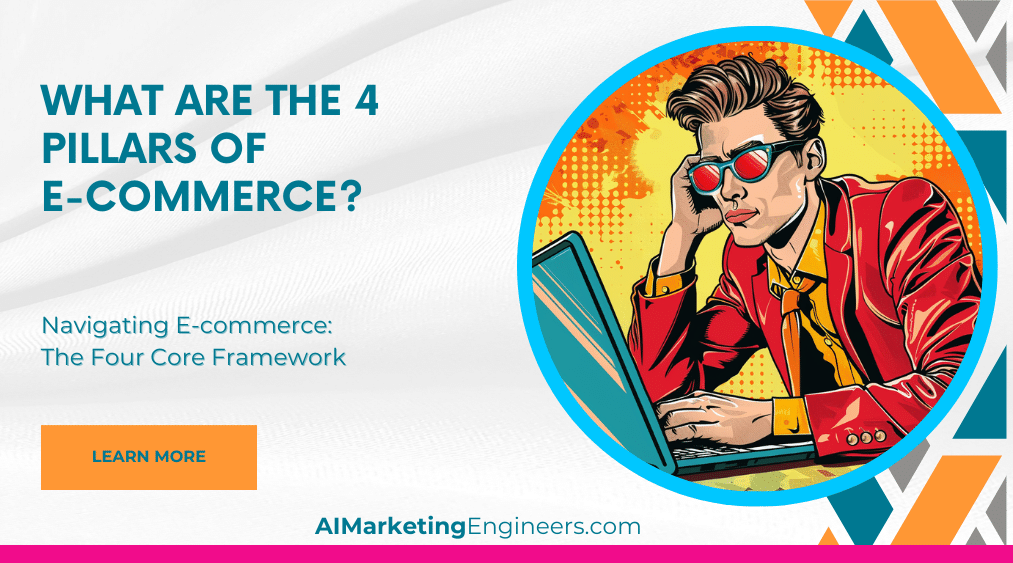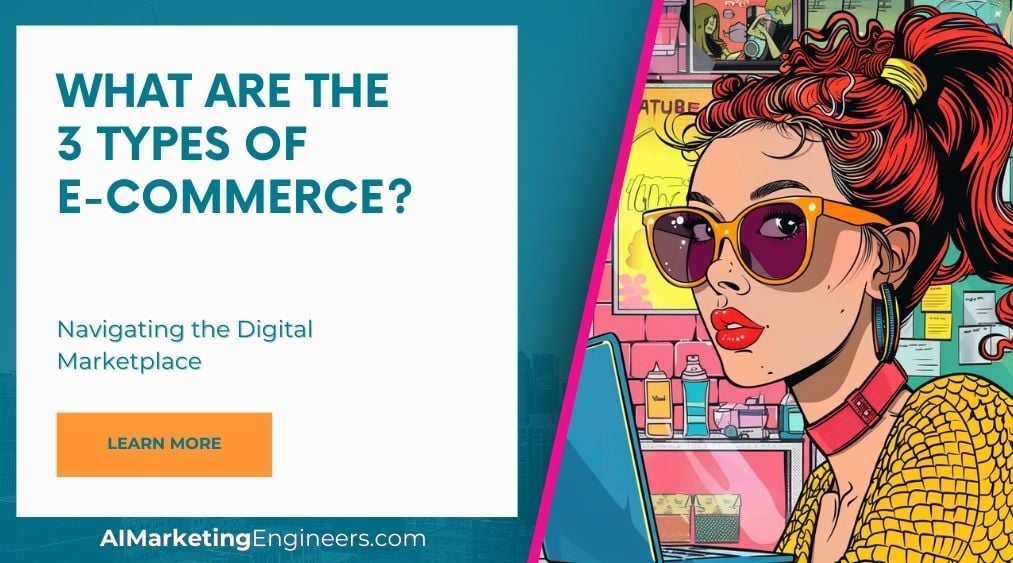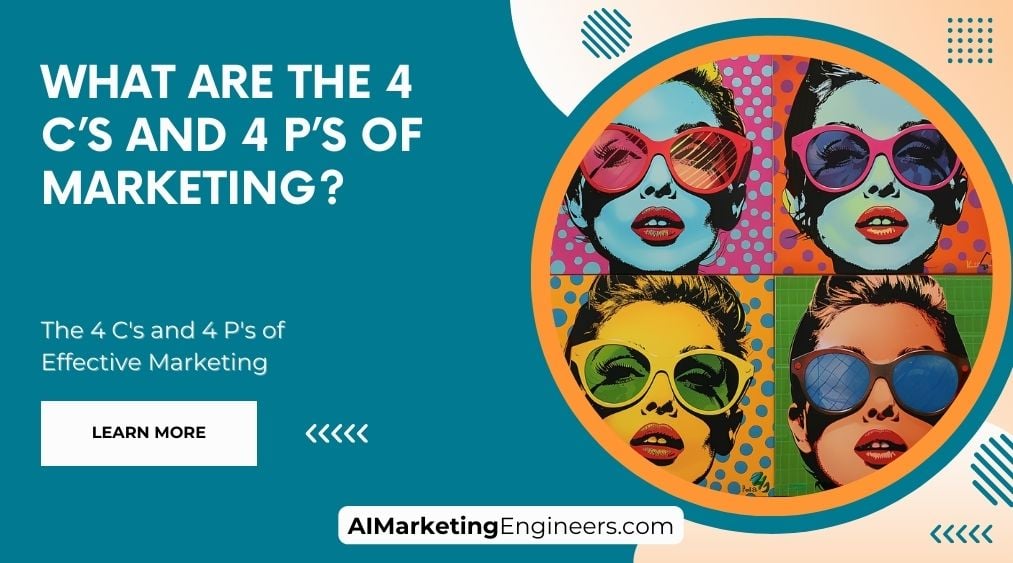Key Takeaways
✅ Diversified and Well-Represented Product Range: Ensure your e-commerce platform showcases a broad and attractive selection of products with high-quality imagery and detailed descriptions to cater to customer needs and ease the search process.
✅ Seamless Payment Experience: Adopt a variety of secure and convenient payment options to cater to customer preferences and facilitate hassle-free checkout.
✅ Efficient Logistics Management: Focus on streamlining the logistics processes to enhance delivery efficiency and reduce costs, contributing to superior customer service and repeat business.
Introduction
Imagine an online kingdom where every store thrives, customers shop with smiles, and every cart leads to a satisfying sale. It's not a fairytale—it's the powerful reality for businesses that master the 4 Pillars of E-commerce. Attracting your attention right from the start, let me guide you on a revealing journey through the digital marketplace's heartbeat. We'll demystify the pivotal elements that can make or break an online store: the captivating allure of diverse products, the seamless ease of various payment methods, the behind-the-scenes ballet of streamlined logistics, and the magnetic pull of innovative marketing.
Whether you're building an e-commerce empire from the ground up or giving your online shop a revitalizing boost, understanding these key components in our upcoming article is like holding the map to a treasure chest of online shopping success. Get ready to embark on this exciting adventure and unlock the potential of your e-commerce venture!
Pillar 1: Products
Personalization and Mobile Commerce Impact
Products are the foundation of any e-commerce venture. In a digitally-driven marketplace, not only is the variety of products critical, but also how they are presented to the customer. To stand out, e-commerce businesses must:
- Offer high-quality images and thorough descriptions.
- Implement good search functionality for ease of navigation.
- Personalize the shopping experience. With the potential to generate significant revenue, personalization is becoming a must-have. Reports suggest that it can lead to a 15-20% sales lift for effective implementations.
- Optimize for mobile users, as the mobile e-commerce landscape is rapidly expanding with a significant annual growth rate. Ensuring a seamless shopping experience on smartphones is crucial since a large volume of traffic and sales now comes from mobile devices.
Pillar 2: Payment Methods
Customer Experience and Emerging Trends
Payment options are a crucial component of the customer experience. To cater to varying preferences, e-commerce sites must offer multiple payment options:
- Acceptance of major credit and debit cards.
- Integration of digital wallets like PayPal.
- Embrace emerging payment trends like messaging-based transactions, which are expected to handle most customer service interactions by 2025.
- Consideration of buy-now-pay-later (BNPL) options, as a substantial percentage of retail brands are expected to provide this by 2024.
Customer experience statistics indicate that payment convenience on mobile devices can significantly influence purchase decisions, which underscores the importance of smooth payment processing.
Pillar 3: Logistics
Efficiency and Multichannel Strategy
Logistics encompasses everything from storage to the final delivery of products:
- Streamline storage and inventory management for quick fulfillment.
- Choose cost-effective and reliable transportation methods.
- Provide timely delivery to enhance customer satisfaction.
- Implement a multichannel strategy as it has been shown to considerably increase customer engagement and average spend per transaction.
- Leverage upcoming technologies and practices in logistics that will further bolster customer retention and provide competitive advantages.
Efficient logistics is not only cost-effective but also a key player in enriching the customer experience and elevating the e-commerce platform's reliability.
Pillar 4: Marketing
Expanding Reach through Personalization
Effective marketing strategies are essential to attract and retain customers:
- Utilize SEO to improve online visibility.
- Engage in affiliate marketing to expand reach.
- Implement email marketing for personalized communication.
- Utilize social media platforms for direct engagement and targeted advertising.
- Personalize marketing efforts across channels to potentially unlock enormous revenue streams. Emphasize on creating a tailored experience, which is a major revenue driver and could provide a significant uplift in sales.
In essence, robust marketing efforts that leverage personalization are increasingly important in a saturated online marketplace, offering significant rewards for e-commerce businesses.
AI Marketing Engineers Recommendation
E-commerce has transformed the way businesses sell goods and services online. It’s important for businesses to build a strong foundation to ensure they thrive in the digital marketplace. The four pillars of e-commerce serve as the cornerstone of a successful online business. Below are the recommendations based on each pillar, backed by research and relevant data.
1. Technology & Infrastructure:
The technological backbone of your e-commerce business must be robust and scalable. Invest in a high-quality e-commerce platform that can handle increased traffic and sales volume without compromising on speed or security. As of my last update, research suggests that slow-loading websites can lead to a significant loss in potential sales, with a delay of just a second affecting conversion rates by up to 20%.
- Choose a platform like Shopify, Magento, or WooCommerce, known for reliability and scalability.
- Regularly update your website to ensure maximum security and performance.
- Utilize a Content Delivery Network (CDN) to speed up load times globally.
- Ensure your website is mobile-friendly, as mobile commerce is expected to account for 72.9% of e-commerce sales by 2021.
2. User Experience (UX):
An intuitive and enjoyable user experience can significantly increase the likelihood of repeat business. According to a study from Forrester, improving UX design can increase conversion rates by up to 400%.
- Prioritize clear navigation and search functionality to help users find products quickly.
- Develop high-quality, engaging content and product descriptions.
- Use high-resolution images and videos to enhance product presentation.
- Implement AI-driven personalization to offer recommendations based on user behavior.
3. Marketing & Customer Acquisition:
Digital marketing is key to attracting and retaining customers. E-commerce businesses must utilize a mix of SEO, content marketing, social media advertising, and email marketing to reach their target audience.
- Invest in SEO to improve organic search rankings, as data suggest that 44% of people begin their online shopping journey with a search engine.
- Utilize paid advertising (PPC) to gain instant visibility in search engine results.
- Engage with customers through social media platforms where your audience is most active.
- Create valuable content that educates and entertains your audience to build brand loyalty.
4. Analytics & Data-Driven Decision Making:
Finally, harnessing the power of analytics is crucial for optimizing your e-commerce strategy. Data allows you to make informed decisions and tailor your approach to meet customer needs.
- Implement tools like Google Analytics to track website performance and user behavior.
- Analyze customer data to segment your audience and personalize marketing campaigns.
- Conduct A/B testing to optimize website elements and improve conversion rates.
- Measure the effectiveness of marketing channels and adjust budgets based on ROI.
Conclusion
In the dynamic digital era, grasping the essential elements of the e-commerce industry is key to success. The four pillars—products, payment methods, logistics, and marketing—serve as the foundational blocks of a robust e-commerce strategy. Mastery of these components enables businesses to present a desirable product selection, provide a seamless transaction process, ensure reliable delivery, and effectively promote their offerings to prospective customers.
It is the harmonious optimization of these pillars that cultivates an exemplary customer journey, leading to enhanced satisfaction, loyalty, and ultimately, business growth. For entrepreneurs and established companies alike, a deep understanding and strategic application of these pillars are non-negotiable for securing a competitive edge in the online marketplace.
FAQs
Question 1: What are the four pillars of e-commerce?
Answer: SEM stands for Search Engine Marketing, a form of internet marketing that involves the promotion of websites by increasing their visibility in search engine results pages primarily through paid advertising.
Question 2: How do these four pillars support e-commerce businesses?
Answer: The four pillars support e-commerce businesses by laying the necessary foundation and structure that allows for an effective and efficient operation. Each pillar plays a critical role:
- Online storefront and website design provide the digital space for customers to explore and purchase products and are crucial for making the first impression on potential customers.
- Customer acquisition and retention strategies drive traffic to the website and keep customers coming back, fueling the business's growth and sustaining its revenue.
- Shipping and fulfillment are at the heart of customer satisfaction, ensuring that products reach buyers promptly and in good condition, which is essential for maintaining a positive reputation.
- Payment processing allows for the secure and quick processing of transactions, which is fundamental for converting browsing into sales.
Question 3: What are some tools or technologies used for each of these pillars?
Answer:
- Online storefront and website design might use platforms like Shopify or require custom solutions using technology stacks involving HTML, CSS, and JavaScript frameworks.
- Customer acquisition and retention could involve a mixture of AdTech like Google AdWords, analytical tools like Google Analytics, SEO techniques, CRM systems like Salesforce, and email marketing platforms like Mailchimp.
- Shipping and fulfillment often depend on logistics software, storage solutions, and partnerships with delivery services or postal agencies.
- Payment processing would involve secure payment gateways, encrypted checkout services, and the use of trusted providers like Stripe or PayPal.
Question 4: How do these pillars work together to create a successful e-commerce business?
Answer: The synergy between these pillars can determine the success of an e-commerce business. A visually appealing and functional online storefront draws in customers. Customer acquisition and retention strategies convert visitors into loyal customers. Efficient shipping and fulfillment practices affirm the company's reliability, while secure payment processing assures customers their financial information is safe. Combined, these create a cohesive, satisfying customer experience that can establish and grow a successful e-commerce business.













